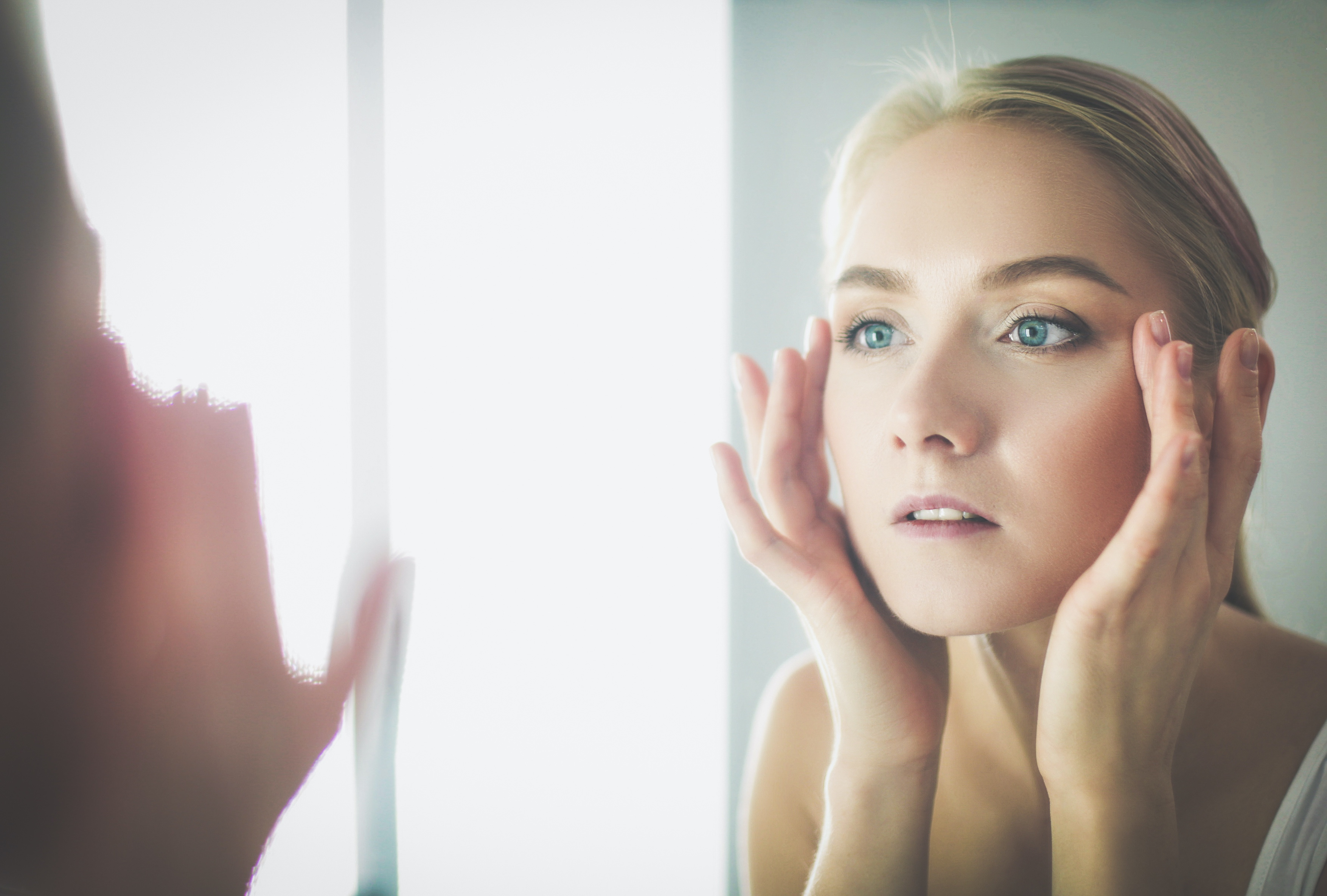
In the last three blog posts I discussed the major components of building an anti-aging program, which as we all know is one of the most top-of-mind issues for most clients. In this final post on constructing a re-youth program, I will cover how to prevent cell damage.
At the root of aging is cellular damage and DNA-related mutations caused by extrinsic (external) and intrinsic (internal) factors such as sun exposure, pollution, stress, smoking, free radicals, and the list goes on.
A Spotlight on Cellular Damage
Skin cells are amazing structures, but they’re also very sensitive. Cells do however have the ability to repair themselves, but as we age, this process slows, and there are a number of elements that threaten their integrity.
The damage occurs when oxidative stressors like the sun, pollution, stress, smoking, and free radicals penetrate skin cells where they break down collagen and impact the DNA structure of the cell. Over time, as damage occurs, the cell is more likely to replicate it – the damaged cells multiply.
Repairing and Halting the Damage
Similar to preventing collagen damage, which I covered in last week’s post, you’ll want to talk to clients about lifestyle habits (proper sleep, stress control and smoking) and a healthy diet. Since antioxidant defenses decrease with age, it’s important to increase intake through diet and topicals.
We know antioxidants are vital in fighting the signs of aging, internally and externally. Getting these nutrients naturally from super foods is always the best option, but supplements and topicals applied to the skin also provide benefits. Help clients by giving them a list of antioxidants to look for:
- Vitamin A – carrots, kale, spinach, pumpkin, liver, and cantaloupe
- Vitamin C – camu camu, broccoli, Brussels sprouts, guava, and citrus
- Vitamin E – olive oil, walnut oil, wheat germ oil, oats, tomatoes, and carrots
- Bioflavonoids – citrus, berries, onions, tea, red wine, dark chocolate, and sea buckthorn
- Polyphenols – berries, tea, dark chocolate, walnuts, peanuts, and pomegranates
Topicals rich in antioxidants will help firm, tone, tighten, refine lines, and give skin an overall glow. They should also look for ingredients like ascorbic acid, tocopherols, retinoids, and L-Lactic acid to name a few. Some topicals providing a healthy dose of antioxidants include:
In the treatment room, you can help clients restore the skin and get them started on the right track with antioxidant-rich treatments such as:
- Mitoprotect DN-Awake Facial
- Facial Extraordinaire
- Grape Passion Antioxidant Treatment
- Pumpkin Peptide Peel
Of course I can’t talk about preventing cellular damage without talking about protection. This is absolutely essential. Over exposure to the sun is the primary culprit of premature aging, so be sure you are encouraging clients to wear a mineral blocker with an SPF of 30 everyday (Daytime Defense SPF30)!
